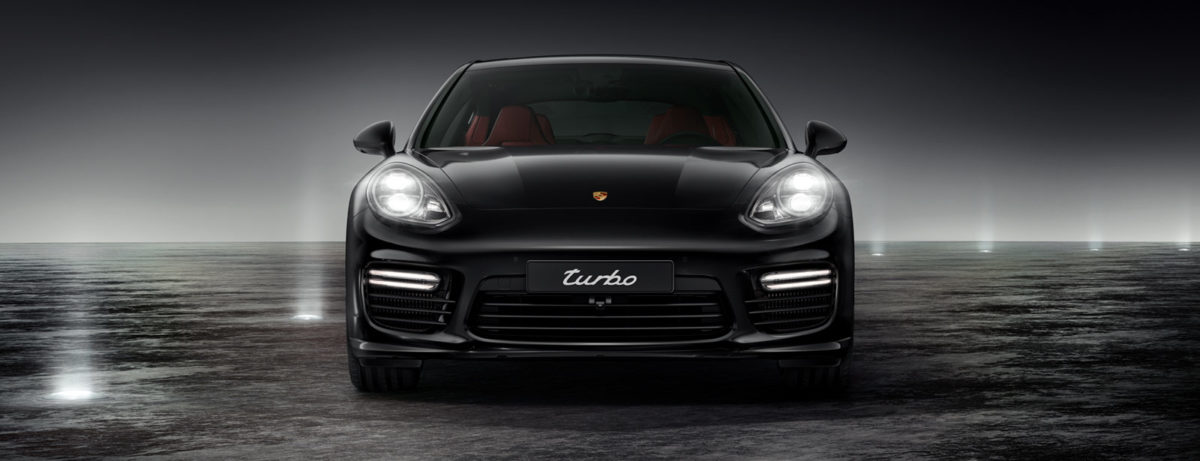Adaptive Headlights: Making night time driving safer


As we inch closer to September 22nd, the first official day of fall, there is no denying that the sun is setting earlier. Winter is coming.
As daylight hours shrink and darkness ensues, every Vancouverite will no doubt have to face poor visibility conditions due to fog, rain and maybe even some snow. Due to Vancouver’s relatively high latitude, winters in Vancouver can be quite dark with the sun setting as early as 4:15 p.m. From November to February, on average more than 70 per cent of the already shortened daytime is completely cloudy! With this in mind, in this article, we’ll take a closer look at how the latest in headlight technology is making night time driving safer.
Standard headlights shine in the direction they are adjusted no matter what direction the car is moving. Around curves they illuminate the sidewalks and curbs more than the road ahead itself.
Enter the era of adaptive headlights. Thanks to a variety of sensors and computer wizardry, these headlights dynamically adjust their beam in the direction of the curve, typically by up to 15 degrees from the centre thus giving them a 30-degree range of movement. This ensures better visibility and more safety during night drives on winding roads.

How does it work?
Sensors continuously measure the car’s steering angle, speed, and yaw (degree of rotation around the vertical axis).
A computer then takes all of these factors into account and activates small electric motors to turn the headlights left or right so the beam falls on the road ahead, guiding you into the bend.

Today’s systems are far more intelligent than traditional fixed mechanical setups. Modern computer controlled systems also adjust for your speed and how quickly you turn the steering wheel. If you’re travelling at a faster speed, the system will react quicker to compensate.
Adaptive headlamps benefit not only the driver but also oncoming motorists as well. Most of these systems have auto levelling built in, meaning that the vertical curve of the road is also taken into account. For example, if you’re traveling up a slope, the light pattern is lowered so as to avoid blinding oncoming drivers.
The result: every single curve is illuminated and the oncoming traffic isn’t dazzled unnecessarily. Driving at night is even safer, particularly when visibility is poor.
A couple of examples:

BMW’s adaptive headlights are only active when the vehicle is moving in a forward direction. They stay switched off when the BMW is in reverse and when the steering wheel is turned to the left while the vehicle is stationary (e.g. when pulling out of a parallel parking space) to avoid blinding oncoming traffic.

BMW’s “Dynamic Lighting System” also includes cornering lights. These are integrated into the LED or Xenon headlamps and are automatically activated at speeds of up to 70 km/h to improve visibility when driving along hairpin bends, making turns at intersections, or during parking manoeuvres. Cornering lights can illuminate up to an additional 80 degrees of area to the sides of the car.
Porsche’s has two adaptive headlamp systems. The Porsche Dynamic Light System (PDLS) and Porsche Dynamic Light System Plus (PDLS Plus).

Standard on all Porsches, PDLS is comprised of the now ubiquitous bi-xenon headlamps with dynamic cornering lights (similar to BMW’s), an auto leveling system and a headlight cleaning system.
Stepping it up a notch to the “Plus” system adds two additional functions. Firstly, a high beam assistant that detects vehicles driving in front and oncoming traffic. The headlight beam pattern is automatically narrowed, widened, raised or lowered accordingly, depending on the traffic situation and road conditions.

Secondly, Porsche’s PDLS Plus also has an intersection assistant function. This system recognizes approaching intersections based on the GPS navigation system’s map data and makes necessary adjustments. For optimum illumination and visibility at these junctions, the system automatically switches on the left and right cornering lights!
Thanks to the latest lighting technology, you and your loved ones can feel safer on the open road this fall whether adaptive headlights are equipped on your vehicle or on the vehicle approaching you.
After all, doesn’t the old adage say “See and be seen”?

